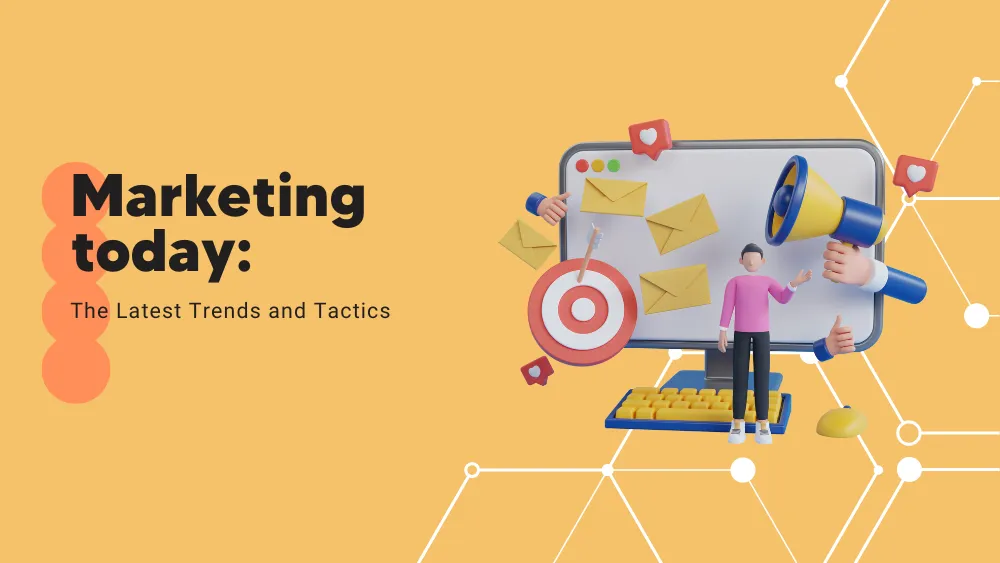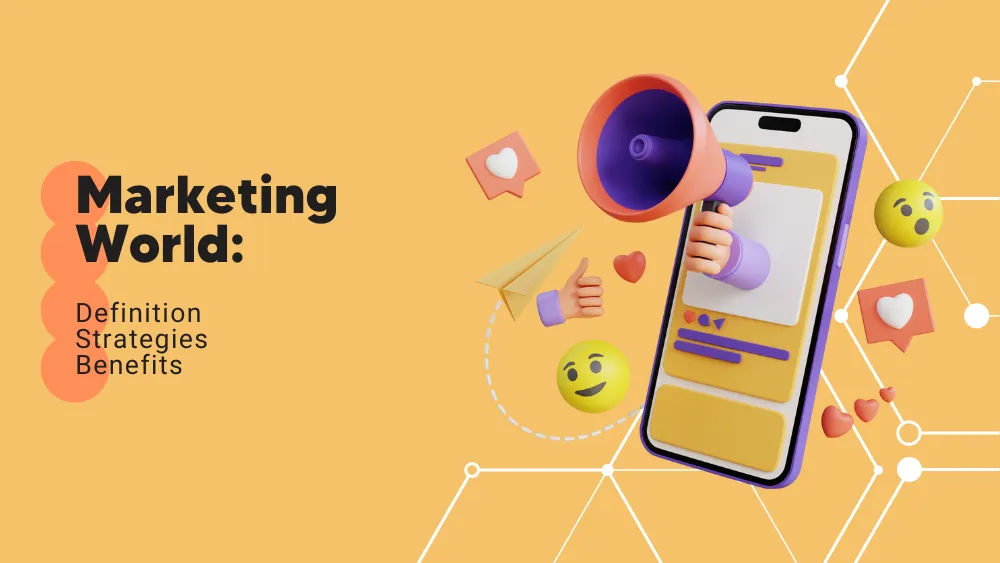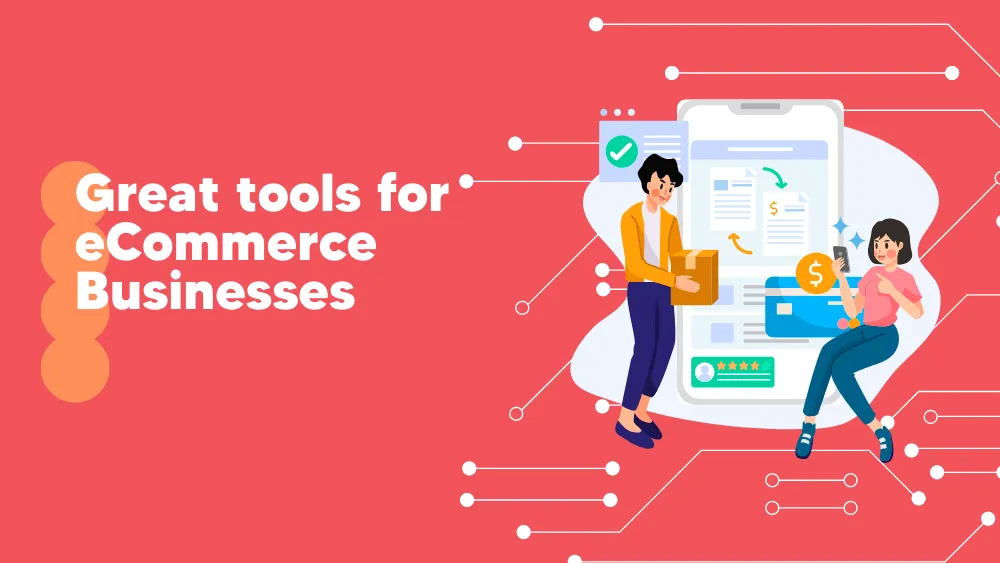Table of Contents
Among the plethora of terms being bandied around, ‘omnichannel marketing’ is one you might have encountered, and for a good reason. More than just another notion people are taught during business classes, omnichannel marketing can potentially transform how businesses engage with customers, particularly in the Software as a Service (SaaS) sector.
Picture this: you’re shopping online, midway through checkout, but something interrupts you. Later, you walk past the brick-and-mortar store, and your smartphone buzzes with a reminder about your abandoned cart. How did this happen? The answer lies in omnichannel marketing – a strategy that connects dots across all customer touchpoints to deliver a seamless, integrated experience.
In the competitive world of SaaS, where the product is intangible, and the market is subscription-based, customer experience is everything. That’s where omnichannel marketing shines, addressing the unique challenges of this market with a cohesive and personalized approach.
In this article, we’ll take you on a journey through omnichannel marketing in SaaS – defining its components, outlining its importance, guiding you through implementation, and navigating its challenges.
Understanding Omnichannel Marketing
First, let’s unpack the difference between two often interchanged terms: multichannel and omnichannel marketing. While both involve interacting with customers via various channels – from websites to social media to physical stores – the distinction lies in the approach.
Herein lies the beauty of omnichannel marketing: it builds a bridge between digital and physical channels to provide a unified customer experience. Think of it as a well-orchestrated ballet where each dancer performs their role, yet all contribute to a unified, fluid performance.
The customer is the conductor, the only reason for this dance taking place, and they are the ones choosing the pace and path of their journey, and each channel responds accordingly, providing a consistent, personalized experience.
So, what makes an omnichannel marketing strategy successful? Three key components often stand out.
-
Integration
Effective omnichannel strategies connect all marketing, sales, and customer service channels. It’s not just about having a presence on each channel but linking them to provide a unified customer experience.
-
Personalization
Personalized messages tailored to individual customer behaviors and preferences can significantly enhance customer engagement. Omnichannel marketing leverages customer data from all touchpoints to deliver targeted, personalized experiences.
-
Measurement
A good strategy includes mechanisms to track and analyze customer interactions across all channels. These insights allow marketers to fine-tune their efforts, ensuring each touchpoint is optimized for a seamless customer experience.
The Relevance of Omnichannel Marketing in SaaS
The SaaS market is unique, with a number of key characteristics that make it ripe for omnichannel marketing. Its subscription-based model focuses on maintaining ongoing customer engagement rather than one-off sales.
Secondly, the intangible nature of SaaS products – typically accessed online rather than physically owned – emphasizes creating a compelling customer experience. Lastly, the SaaS market is renowned for its fierce competition; hence, businesses constantly strive to differentiate themselves.
Omnichannel marketing emerges as a vital strategy in this landscape, directly addressing these SaaS-specific considerations. Omnichannel marketing fosters the continuous engagement that SaaS models require by integrating communication channels, personalizing customer interactions, and leveraging data analytics.
It enhances the user experience, creating a positive perception of the service, which is vital when the product is intangible. Furthermore, it enables SaaS businesses to stand out in a crowded market by providing a unique, seamless customer experience across all touchpoints.
Customer Lifecycle
The customer lifecycle plays an integral role in SaaS omnichannel marketing. Every stage presents an opportunity to leverage omnichannel marketing, from acquisition and onboarding through engagement and renewal, to upselling and advocacy.
A well-orchestrated strategy ensures the customer journey is smooth and consistent across all stages and channels, increasing the chances of successful conversions, reducing churn, and strengthening customer loyalty.
The beauty of SaaS businesses lies in their potential for growth and scalability, and with a well-implemented omnichannel marketing strategy, they can effectively tap into this potential, creating a sustainable, customer-centric business model.
Implementing Omnichannel Marketing in SaaS
Creating a Consistent Brand Experience
Consistency is the cornerstone of any successful omnichannel marketing strategy. This means ensuring a uniform brand voice and messaging across all channels for SaaS companies. From the look and feel of the website to the tone of email communication, consistency strengthens brand identity, fosters trust, and enhances customer recall.
Design plays a pivotal role in maintaining this consistency. A harmonized visual identity – including logo, color scheme, and typography – across all platforms can solidify the perception of your brand while also making transitions between channels seamless for customers.
Slack, a popular collaboration tool, provides a sterling example of brand consistency. Across its website, app, emails, and social media, Slack maintains a consistent tone of voice – conversational yet professional – and a distinctive visual theme. This uniformity makes the brand instantly recognizable, building trust and enhancing user experience.
Utilizing Data and Analytics
Customer data is the lifeblood of personalized omnichannel experiences. Collecting customer preferences, behaviors, and interactions can inform more personalized and effective communication strategies. For instance, data about a customer’s usage of a SaaS product can help tailor communication to their specific needs or challenges.
Predictive analytics can take this further, allowing SaaS companies to anticipate customer needs and trends, fine-tuning their strategies for better results.
Adobe’s Creative Cloud uses data effectively in its omnichannel strategy. By tracking customer usage, Adobe identifies features users struggle with and sends targeted tutorials or tips—predictive analytics help Adobe anticipate churn, allowing them to intervene proactively, thereby enhancing customer retention.
Integrating Offline and Online Channels
Even in the digital-centric world of SaaS, integrating offline and online channels – often called ‘phygital’ – can enhance the customer experience. Although most SaaS interactions are digital, physical touchpoints, like events or direct mail, can offer personalized experiences that enrich the customer journey.
Salesforce, a leading CRM platform, has mastered the phygital concept. Their annual ‘Dreamforce’ event combines a physical conference with digital experiences. Attendees can continue their learning through online resources, while digital participants can experience the event virtually, creating an integrated experience that strengthens the Salesforce community.
Challenges and Solutions in Omnichannel SaaS Marketing
Data Silos
Data silos can form a significant obstacle in achieving true omnichannel marketing in SaaS businesses. Each department or system might gather and store customer data independently, resulting in isolated information pockets. This siloed data structure impedes the creation of a comprehensive customer profile, a crucial requirement for personalized and consistent omnichannel experiences.
Solution: Integrated CRM Systems and Data Unification
A shining example of this solution in action is Shopify. The e-commerce platform faced the challenge of disconnected data but surmounted this hurdle by integrating customer data from various touchpoints into a unified system. As a result, Shopify gained a deeper understanding of their customer’s journey, enabling them to tailor a cohesive and personalized omnichannel experience.
Inconsistent Branding or Messaging
Maintaining a consistent brand voice, tone, and visual identity can be challenging with numerous channels in play. Inconsistent branding or messaging can lead to customer confusion and diluted brand perception.
Solution: Development and Implementation of Brand Guidelines
HubSpot offers an excellent example of brand consistency management. They created explicit brand guidelines and ensured that all their content – from blog posts and webinars to social media updates – aligned with these standards. This approach has resulted in a consistent brand experience across all customer touchpoints.
Lack of Effective Measurement Tools
Without the ability to accurately measure and analyze performance across all channels, businesses may struggle to understand the true impact of their omnichannel efforts. Additionally, it’s challenging to identify weak spots that need improvement without proper measurement tools.
Solution: Deployment of Comprehensive Analytics Tools
Netflix provides an excellent demonstration of the power of analytics in omnichannel marketing. The streaming service giant uses sophisticated analytics tools to track user behavior across various devices and platforms. They analyze these insights to optimize their content delivery continuously, ensuring a seamless and consistent viewer experience regardless of the platform or device used.
Managing Complex Customer Journeys
In an omnichannel marketing environment, customers can interact with a SaaS business through multiple touchpoints and in no set order. They might start their journey on a social media ad, proceed to the company’s website, receive an email, and so on. Managing these complex, non-linear customer journeys and ensuring a smooth, seamless experience across all touchpoints can be challenging for many businesses.
Solution: Customer Journey Mapping and Automation Tools
Additionally, automation tools can help manage and streamline complex customer journeys. These tools can trigger specific actions based on customer behaviors, ensuring timely and relevant communication regardless of the channel or stage in the customer journey.
A real-world example of overcoming this challenge comes from the project management software company, Asana. They used journey mapping to understand customer interactions and identify friction points. Furthermore, they deployed automation tools to send personalized, timely messages based on user behavior, thus managing their complex customer journeys more effectively. The result was a smoother, more engaging user experience that boosted customer satisfaction and loyalty.
Conclusions
Omnichannel marketing is revolutionizing customer engagement in the SaaS sector, emphasizing an integrated, personalized customer journey. It enhances user experience and promotes continual engagement, which is key for the subscription-based model of SaaS businesses.
To implement it effectively, SaaS companies must maintain consistent branding, leverage data, and predictive analytics, and integrate offline and online channels. While challenges exist, such as data silos and managing complex customer journeys, solutions include integrated CRM systems and customer journey mapping.
As consumer behaviors and technology evolve, SaaS companies employing effective omnichannel strategies will be best positioned for future success.







